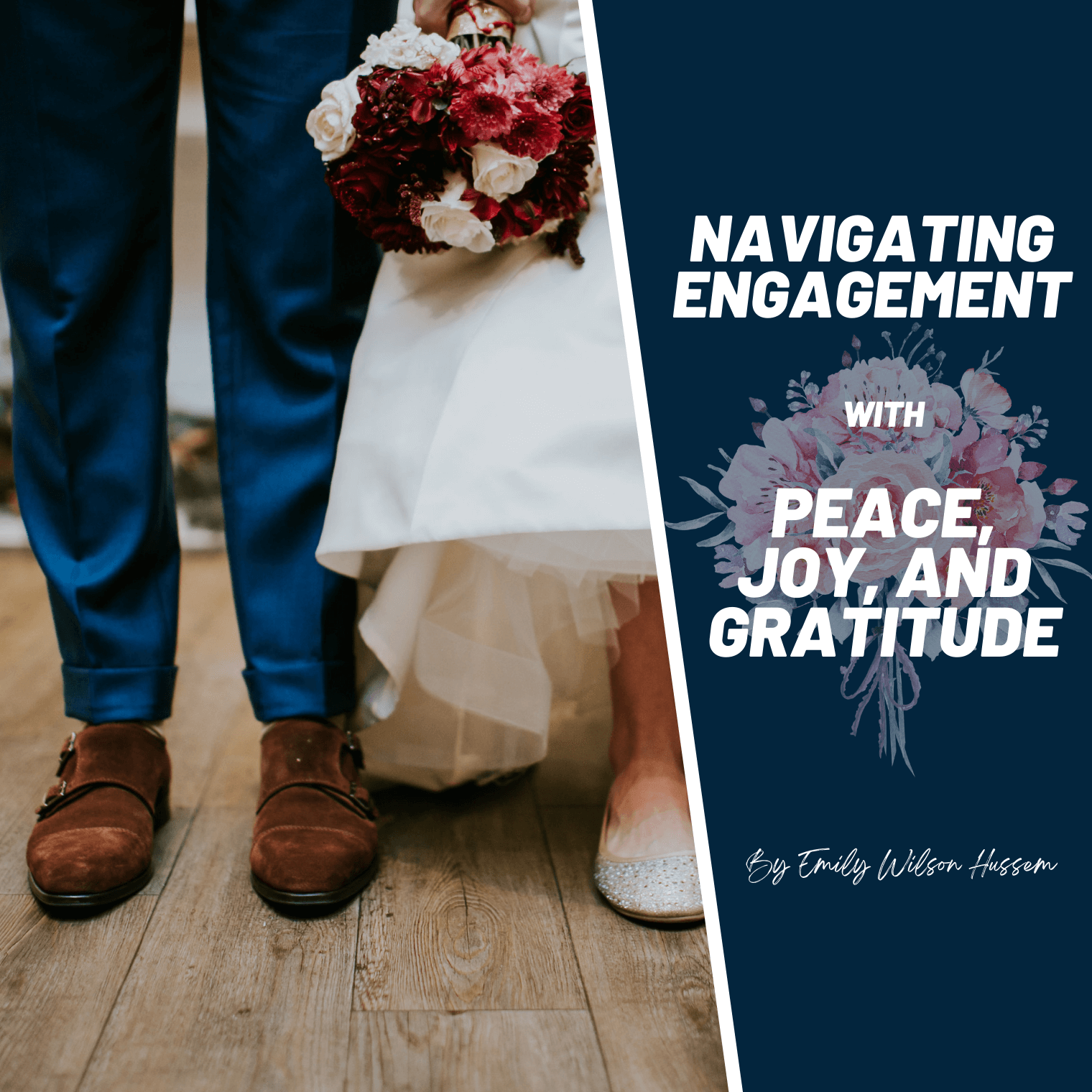Gray Areas of Purity
By Hannah Graham
Chastity...so difficult, so beautiful, and so confusing. If you’ve been, or are currently in a loving and well-ordered relationship you’ve probably searched the Catholic parts of the web to answer questions like “How far is too far?”, ‘“Is making out okay?”, or “Tips for remaining chaste in relationships.” These searches usually pull up insightful and helpful articles, especially regarding physical boundaries. However, there seems to be a recurring failure to acknowledge that maybe the couples in these relationships aren’t just trying to satisfy their carnal desires but are asking these questions from a place of genuine love. The women searching for these answers are often just wondering if it is possible to keep themselves and their boyfriend/fiance pure while showing physical affection.
Let me be perfectly clear, I do not condone any sexual or lustful sins in relationships. Sins hurt our own souls, our significant other’s, and, above all, they hurt our Lord and our relationship with him. Chastity is the very virtue which works against sins of lust and it is crucial to practice it diligently at any stage of life.
Yet, in the battle for chastity within relationships, it is important to recognize the particular tension couples experience when trying to communicate their love as beings of both body and soul. In his great work, Three to Get Married, Fulton Sheen says, “The basic reason why erotic experiences outside of marriage create psychological strain is because the void between spirit and flesh is more closely felt.” (28) Prior to marriage, there is a lack of true oneness between the souls of lovers. As close as they can get, their love isn’t consummated, even spiritually, until marriage. Thus, in moments of affection or passion, we tend to let our bodies precede our soul in a desire for union with the beloved.
That, however, is why chastity in relationships shouldn’t just be portrayed as an avoidance of sex, arousal, and the like; rather, it should seek to convey that the desire for union is natural and physical affection is good, but it must be channeled appropriately until marriage. Being physical in ways that cause sin are meant for a state of life a dating or engaged couple has simply not yet entered. That being said, not all physical affection in relationships prior to marriage are sinful.
In serious relationships, these complicated desires can make it seem as though there are gray areas of purity. While it is important and healthy to be physically affectionate with a significant other, it is also a reality that physical affection can lead to arousal; because of this, the desire to express physical affection is constantly at war with the desire to remain pure.
Pope Saint John Paul II articulated this ongoing tension in the Theology of the Body:
“The ‘heart’ has become a battlefield between love and concupiscence. The more concupiscence dominates the heart, the less the heart experiences the spousal meaning of the body, and the less sensitive it becomes to the gift of the person that expresses precisely this meaning in the reciprocal relations of man and woman. . . Does this mean we should distrust the human heart? No! It is only to say that we must remain in control of it” (258).
Since the heart is stained with concupiscence, even the most well-intentioned physicality becomes complicated by bodily desires and disordered love. This doesn’t mean there’s no hope for couples, it only means both individuals must remain in control of their hearts as John Paul II says. Keeping hearts under control in this way requires a knowledge of self and practice of self-mastery.
Self-mastery, according to the Church, is a hard and ongoing process: “One can never consider it acquired once and for all. It presupposes renewed effort at all stages of life” (CCC, 2342). In order to master our hearts and bodies, it is important to remain committed to renewing self-mastery. This takes lots of practice and self-knowledge, particularly within the realm of chastity. At times, it may mean giving up physical affection so as to reorder your intentions as a couple and discipline yourself. There will also be times in your relationship or engagement when you feel that chastity doesn’t seem to be a difficulty, praise God, but always remain vigilant to self-mastery.
While there are certainly givens in keeping relationships pure (the Catechism forbids fornication, masturbation, pornography, etc.) things like kissing, long hugs, pecks, and being affectionate in public can be healthy ways of communicating love for one another. This is because humans are both physical and spiritual creatures, we communicate our thoughts, emotions, and desires through our bodies. If you’re in love and are discerning marriage with a man then it’s perfectly normal to want to be affectionate with him.
Unfortunately, other than sins against chastity, it’s difficult to say what couples should and shouldn’t do regarding affection. Arousal varies person to person and couple to couple. For some, kissing and long hugs are too much but it may not bother others. It can even vary between days and moods, sometimes any physical affection will seem trying and other times kissing may feel light-hearted and sweet.
There are no black and white answers to this topic and I’m not sure there’s supposed to be. Sheen says, “Purity in the young destined for marriage begins by being universal and develops by being particular...It begins by awaiting God’s will in general and then through acquaintance and courtship sees that will focused on one individual” (86). In all things, purity and dating included, we must follow the will of God. When being led to date or marry someone, there must be an understanding how to order love and physical affection toward them in a way that pleases the Lord. This means having self-mastery over hearts and bodies while being particular to your relationship and the man you are being called to love.










